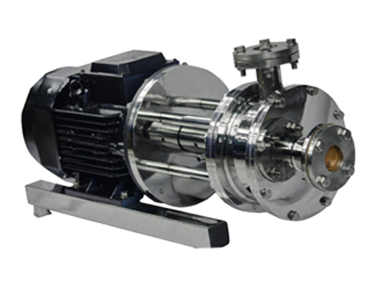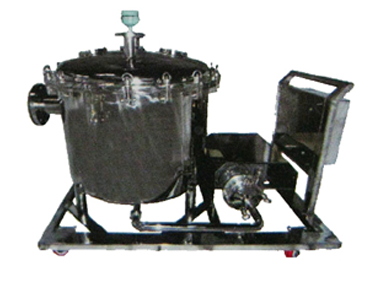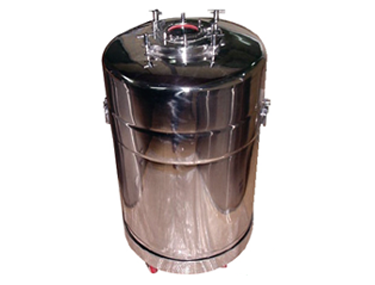Fluid Bed Dryer
Get Best Quote
Home | Our Products | Drying Section | Fluid Bed Dryer
How To Use Fluid Bed Dryer?
- Preparation: Check the equipment for cleanliness and ensure it is in proper working condition. Load the wet material into the fluid bed dryer chamber evenly, avoiding overloading for efficient drying.
- Set Up and Operation: Connect the fluidization air supply to the dryer. Set the desired drying temperature on the temperature controller. Switch on the fluidization air blower to start the flow of air through the material. Monitor the temperature and fluidization airflow rate throughout the drying process.
- Monitoring and Adjustments: Keep an eye on the drying progress, observing changes in material appearance and moisture content. Adjust the drying temperature and fluidization airflow rate if needed, based on the material's characteristics.
- Completion and Shutdown: Once the material reaches the desired moisture level, turn off the heating system. Gradually reduce the airflow rate to allow the material to settle. Open the dryer's outlet valve to discharge the dried material.
- Safety Precautions: Follow safety guidelines while working with the equipment, including wearing appropriate personal protective equipment (PPE). Be cautious when opening the dryer's outlet valve after the drying process, as residual heat or dust may be present.
Applications of Fluid Bed Dryer
- Pharmaceuticals: Drying of pharmaceutical powders, granules, and pellets to remove solvent or moisture content during manufacturing processes.
- Food Processing: Drying of food products such as grains, fruits, vegetables, and instant foods to achieve desired moisture levels and extend shelf life.
- Chemicals: Drying of chemical compounds, powders, and intermediates used in various chemical manufacturing processes.
- Agrochemicals: Drying of agricultural chemicals, fertilizers, and pesticides to improve storage stability and handling properties.
- Minerals and Mining: Drying of minerals, ores, and other mined materials for processing or shipment.
- Ceramics and Building Materials: Drying of ceramic materials, tiles, clay products, and construction materials to achieve specific moisture levels before firing.
- Plastics and Polymers: Drying of plastic resins, pellets, and polymers to remove moisture content before further processing.
- Textiles: Drying of textiles, fabrics, and garments after dyeing or wet processing to achieve specific moisture levels.
Salient Features of Fluid Bed Dryer
- Fluidization Principle: Utilizes the fluidization of particles in an upward-moving air stream to achieve efficient drying, cooling, and granulation.
- Uniform Drying: Ensures even and consistent drying of particles throughout the fluidized bed, maintaining product quality.
- Rapid Drying: Offers fast drying times due to the effective heat and mass transfer between the particles and the surrounding air.
- Adjustable Airflow: Allows adjustment of the fluidization airflow rate to accommodate different materials and drying requirements.
- Batch and Continuous Modes: Can operate in both batch and continuous modes, offering flexibility based on production needs.
- Granulation Capability: Enables granulation of particles by spraying a binder solution onto the fluidized particles.
- Minimal Product Handling: Minimizes the need for manual handling during drying, preventing contamination and damage.
- Energy Efficient: Requires less energy compared to other drying methods, thanks to the rapid drying process.
you like share this product information
Facebook
Twitter
LinkedIn
WhatsApp
Telegram
Email
Print
Related Products

Sparkler Filter Press
read more

Inline Homogenizer
read more

ML Catch
Pot
read more

Pressure
Vessel
read more